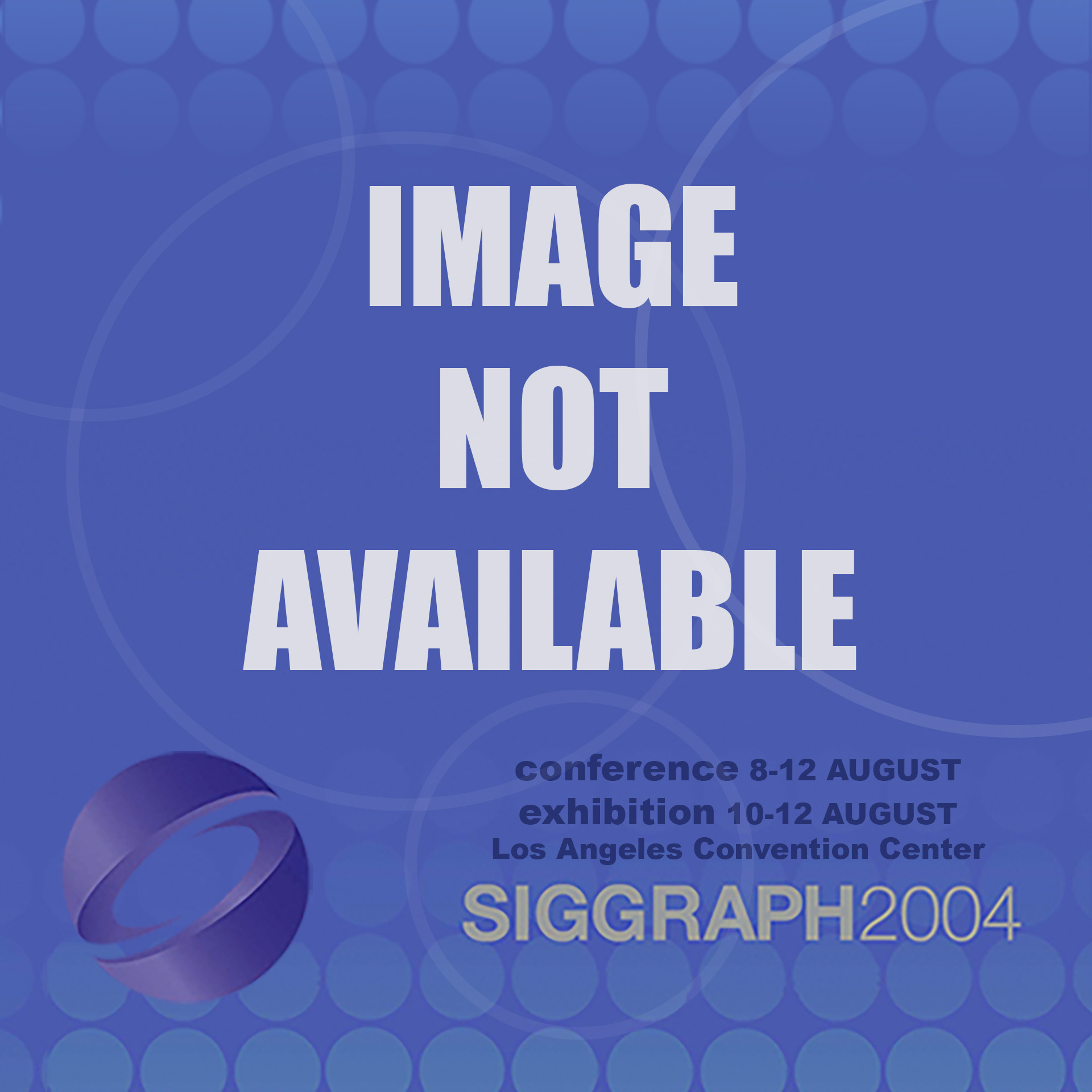“Clustering and Link Propagation for Surface Reconstruction” by Maier, Hesser and Männer
Conference:
Type(s):
Title:
- Clustering and Link Propagation for Surface Reconstruction
Presenter(s)/Author(s):
Entry Number: 054
Abstract:
Our goal is the fast automatic reconstruction of a surface from an image sequence. We use shape-from-motion algorithms to determine position and orientation of the cameras that took the images. An efficient fixed window size correlation based dense stereo algorithm is used to compute a 3d point cloud for every consecutive image pair. These must be merged into a consistent surface model. Due to the simple but fast stereo algorithm we use the 3d data are very noisy and include many outliers. These wrong points are typically not isolated but occur clustered in regions where the correspondence search of the stereo algorithm matched to wrong pixels possibly due to repetitive texture in the images. Furthermore the fixed window size will result in an over estimation of the surface near object boundaries. A single reconstruction may contain holes, however other views might reconstruct the surface at this location.
The basic idea to solve the problem is to use local information obtained from the individual reconstructions and to propagate this information into clusters of the 3d data points that are computed by Euclidean proximity and normal similarity. The proposed method requires only a small amount of memory, is time efficient and does not require any preprocessing of the data as opposed to many other existing techniques.
A standard technique to geometric fusion of 3d point clouds is a volumetric approach which requires a lot of memory and is much slower than our proposed method. Existing techniques like polygon mesh zippering, reconstruction from unorganized point sets, ballpivoting and voronoi-based triangulations, first generate meshes consisting of a large number of triangles and then decimate the number of triangles using mesh simplification algorithms.





